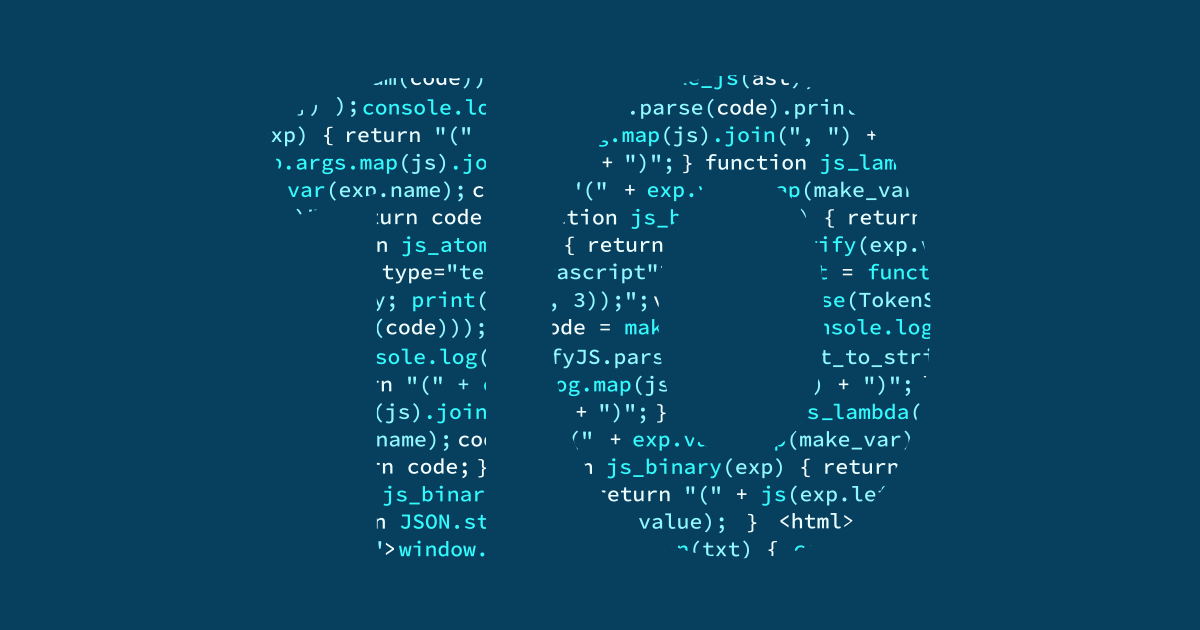Why the rush, and what does it mean for people running websites? In summary, this is the start of several end-of-life countdowns.
Speed and the explicit SEO boost, more functionality, more toys and lovable ease of use improvements are the usual treats on display whenever a major CMS like Drupal has an update. They’re the business case that empowers marketing managers to get the budget necessary for the upgrade or explain why a code freeze, and the impact on digital marketing projects, is required.

Don't be fooled
Yes, that shop window of tempting goodies for Drupal 10 could be fuller despite the ease of use improvements that are a big part of this update. It’s not optional but welcomed upgrades which insert Drupal 10 firmly on your project management radar. Drupal 10 is coming because several related technologies are ending or ceasing development, and these underpinning systems will eventually require replacements.
Drupal 8 has received no official security update since its support ended in November 2021. Your agency or in-house team of developers might have been applying their own custom security fixes, but who wants to explain to the boss why the new website is now two versions out of date and jury-rigged all this time?
Technical debt, earned by squeezing in code now with the promise of re-doing it better later, such as applying that upgrade, makes websites more expensive to run. CFO’s don’t always buy “because we couldn’t afford it” when lining up the technical debt-induced costs against the CMS upgrade cost.
Drupal 9 will be supported until the end of 2023, when security fixes, speed-improving patches and new functionality are not likely to be seen again. Technical debt will escalate dramatically.
CKEditor 4, used by previous versions of Drupal, is also going away and will be deprecated at the end of 2023. Drupal 10 will use CKEditor 5. CKEditor is the software that handles the text, images and other bits of media to be entered into a CMS if you were using a word processor to have it displayed on the website. Imagine needing engineer hours to change a bit of copy in an article? CKEditor avoids that.
There are other essential code dependencies for Drupal 10, especially around Symfony and the PHP 8.1 requirement. There are code libraries marked for retirement, and modules like RDF (for meta data), Aggregator (gathering RSS and other feeds), and Activity Tracker will move from core to the Contributed Module space.
Given that Google Analytics Universal will stop recording data in 2023, on Google’s current timeline, and Google Analytics 4 will be required, we can pop our project manager hat on again, predict busy developers for the year ahead but also look at the growing business case for a whole web refresh for then too.
One last thing
However, some candies are on the tray of temptation offered by the Drupal 10 upgrade. It’s not all about being future fit and copying with the incoming end-of-life transitions on some key technologies.
In particular, Drupal 10 is increasing the number of web service endpoints it supports and increasing the number of web components and JavaScript frameworks that play nicely with it.
The route to this goal is through Drupal’s Decoupled Menus feature, which reduces the need for hard-coding site navigation, among other benefits.
The Decoupled Menus initiative supports Drupal 10 as a decoupled CMS, capable of co-powering headless sites. Headless CMSs are attractive to technology and marketing teams, an excellent solution to the omnichannel future and tomorrow’s marketing needs.
In conclusion, it might be the end of support of soon-to-be legacy projects, which means you will need to upgrade or commit to your security patches, but it’s the vibrant future of decoupled, headless and open-source CMS that’s exciting.



